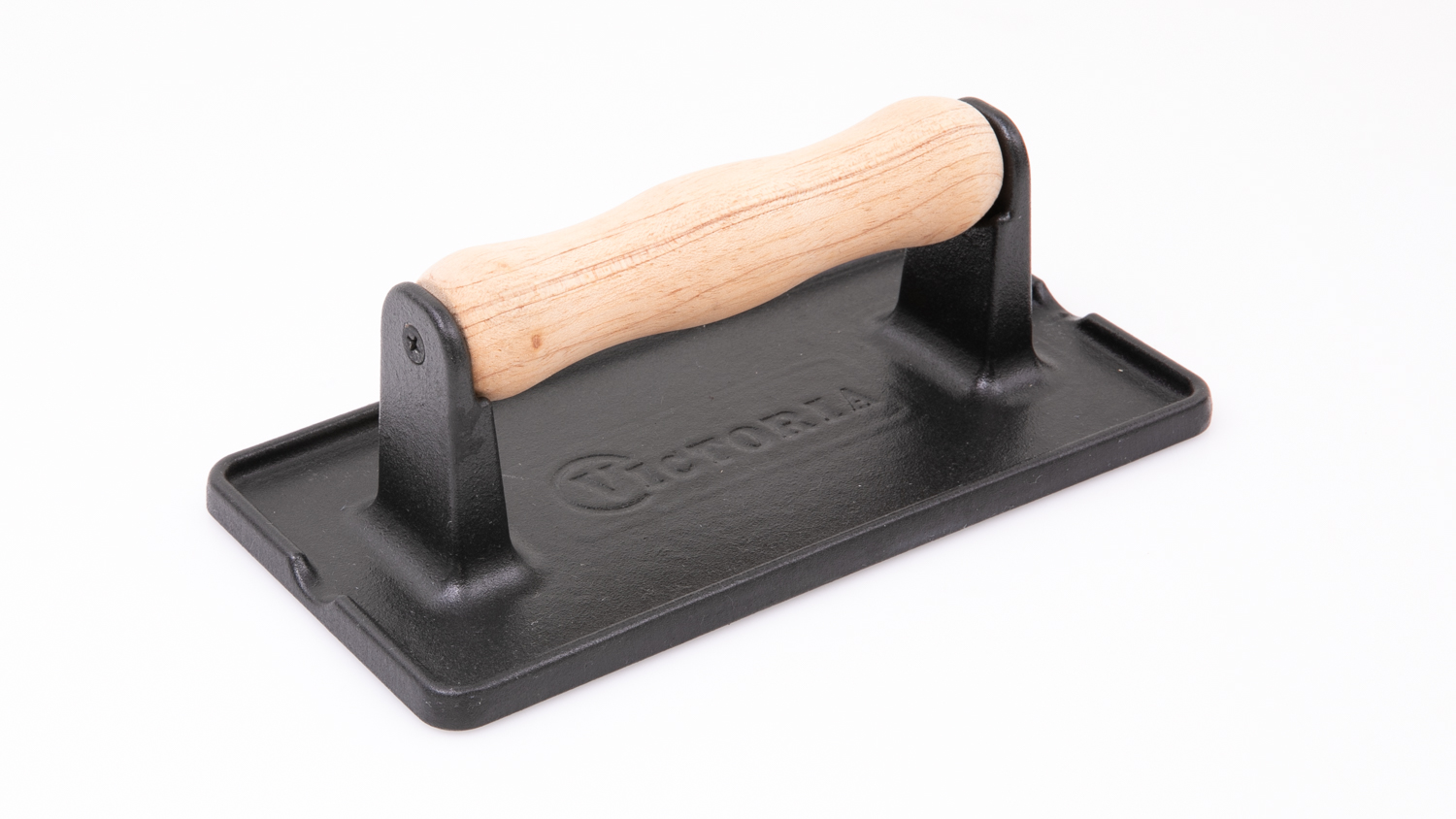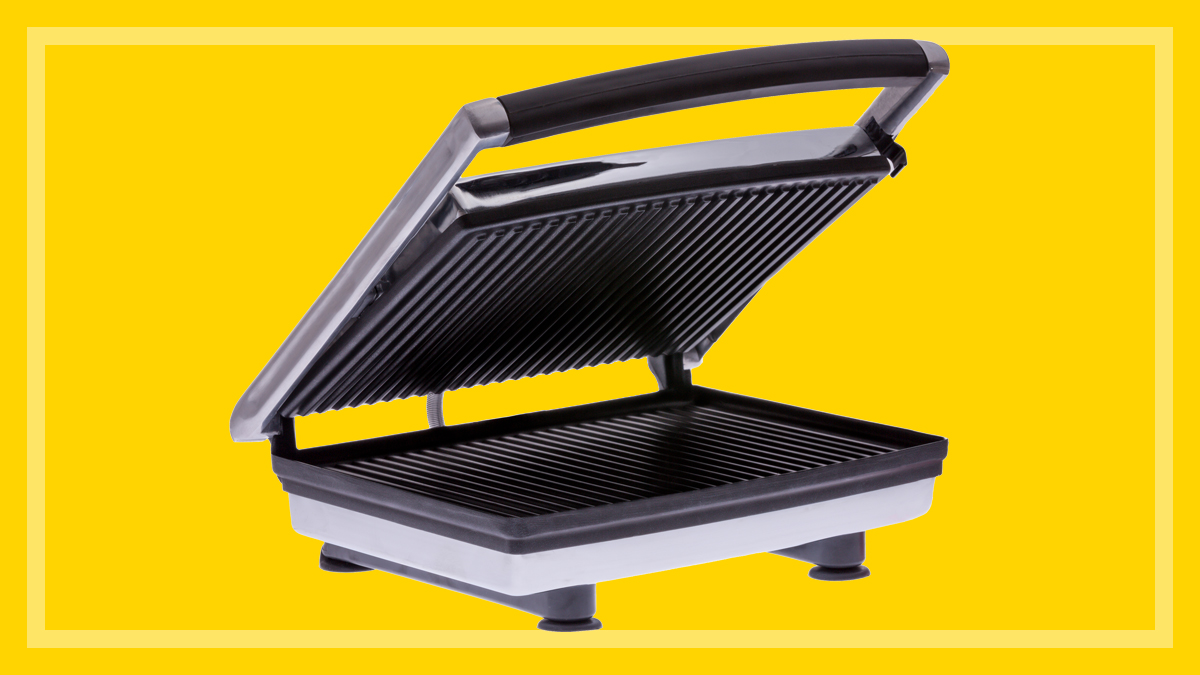Get our independent lab tests, expert reviews and honest advice.
How to buy the best sandwich press

A sandwich press is great for busy families on the go (or those times you just can’t be bothered cooking). You can save money by breathing new life into last night’s leftovers, and it’s one of the fastest ways to get an easy, hot meal on the table that everyone is going to eat.
On this page:
- Types of sandwich presses
- Is there a more sustainable alternative to buying a sandwich press?
- How much do they cost?
- Key features to look for
- How to clean a sandwich press
But do you want a flat press or one of those fancier jaffle makers? And are the ones that lock in place any better than the other kind? We run through the options so you can work out which type is right for you.
Types of sandwich presses
Sandwich presses come in two sizes – two-slice or four-slice. Keep in mind that smaller, two-sliced models are easier to clean, store and take up less space on your benchtop. However, if you find yourself making more than two sandwiches at a time, you’re better off with a larger model.
Sandwich presses can do more than just create a toastie, too – if it has a lockable top plate you can also cook things like eggs, bacon and pancakes. If you’re looking for even more versatility, there are multi-function models that also allow you to use the press as a barbecue. With these models the top plate can open flat to 180° creating a larger cooking surface area. Look for multiple heat or function settings, such as ‘sear’, for increased versatility and better cooking results when grilling meats.
What’s the difference between a jaffle maker and a sandwich press?
Jaffles have been an Australian staple for decades (who amongst us hasn’t had the misfortune of burning their tongue on a lava-like tinned spaghetti jaffle?). Where a sandwich press uses flat (or grooved) plates to press and toast a sandwich, jaffle makers have grooves on the top and bottom hotplates that clamp and seal the edges to create a ‘closed’ toasted sandwich.
Is there a more sustainable alternative to buying a sandwich press?
If you want to make delicious toasties without adding another appliance to your kitchen, you can do this by putting your sandwich on a pre-heated pan and then using a weight (like a flat heavy lid, another frypan/pot or purchasing a cast iron press weight) to press down to create the toastie. You just need to remember to flip it part way through cooking.

Cast iron grill press
There are many brands and models available, but we bought the Victoria Grill & Bacon Press ($69.95) to assess an alternative option to buying a sandwich press. The idea is that you place the press on top of your bacon, sandwiches, burger patties or other meats while grilling or toasting to help achieve an evenly browned crust.
The model we tested is enamelled cast iron with a textured base to prevent slipping during cooking and has a wooden handle to keep hands away from the heat. You’ll need to preheat the press by placing it on the heat source before use. We found it produced excellent results – the cheese and tomato toastie we made was evenly browned and the Turkish bread was evenly flattened.
If looked after properly, a cast iron grill press can last a lifetime, as opposed to a sandwich press that will eventually need replacing. If kitchen space is at a premium and you’re looking for an alternative, a product like a grill press is definitely worth considering.
How much do they cost?
The sandwich presses we’ve tested range in price from $22 all the way up to $429. Models that cost over $100 generally come with grilling functionality, but if you’re just after a simple sandwich press, our testing has shown that many cheaper models are still excellent performers.
Key features to look for
Lockable top plate
If you can lock the top plate in place at varying heights, you can use the press for open melts.
Cord storage
Storage underneath the bottom plate helps keep the benchtop tidy and the cord away from little hands.
Storage latch
This locks the top and bottom together for easy carrying and vertical storage.
Indicator lights
A sandwich press should have ‘power on’ and ‘ready’ indicator lights, and it helps if they’re labelled in case it’s a long time between uses.
Chargrill plates
More for aesthetics, ribbed plates give a different look to your toastie or if you’re grilling meats.
Drip tray
A removable drip tray is useful if you’re grilling meats or cooking bacon.
Non-slip feet
These keep the sandwich press stable on the bench.
Weight
The sandwich presses we’ve tested range in weight from under 2kg up to around 7kg.
Finish
Most sandwich presses have a polished stainless exterior finish, which is easier to keep shiny than a brushed surface. While it’s not common, a sandwich press with a glass top or painted surface is the easiest to keep clean.
How to clean a sandwich press
Be mindful of the non-stick cooking surface when using and cleaning your sandwich press. We recommend avoiding any metal utensils and scourers that could scratch the surface.
It’s also a good idea to clean any mess while the press is still warm. With warm, soapy water, dampen a soft sponge to wipe over the surface. Pay particular attention to any grooves where oil or food residue can accumulate – both inside and out. Wipe away any suds and dry the surface before storing.






